The country’s first Rapid Rail Transit System (RRTS) is slated to be launched in March. It will run on the 17 kilometre Sahibabad-Duhai priority segment.
The Delhi-Meerut Regional Rapid Transit System (RRTS) project is a dedicated, high speed, high capacity, comfortable commuter service, connecting the national capital with Meerut.
The project is being implemented by National Capital Region Transport Corporation (NCRTC). It is a joint venture company of the government of India and states of Delhi, Haryana, Rajasthan and Uttar Pradesh.
The project is mandated for ensuring a balanced and sustainable urban development through better connectivity and access.
The total sanctioned cost of the project is Rs 30,274 crore.
The priority section has four stations — Sahibabad, Ghaziabad, Guldhar and Duhai. The train will run at an operational speed of 180 kilometres per hour.
The section’s track has been completed, and installation of the overhead line equipment is almost complete.
Initially, 13 rapid trains will be put into service. Following the completion of the entire route between Delhi and Meerut, a total of 30 rapid trains will be run.
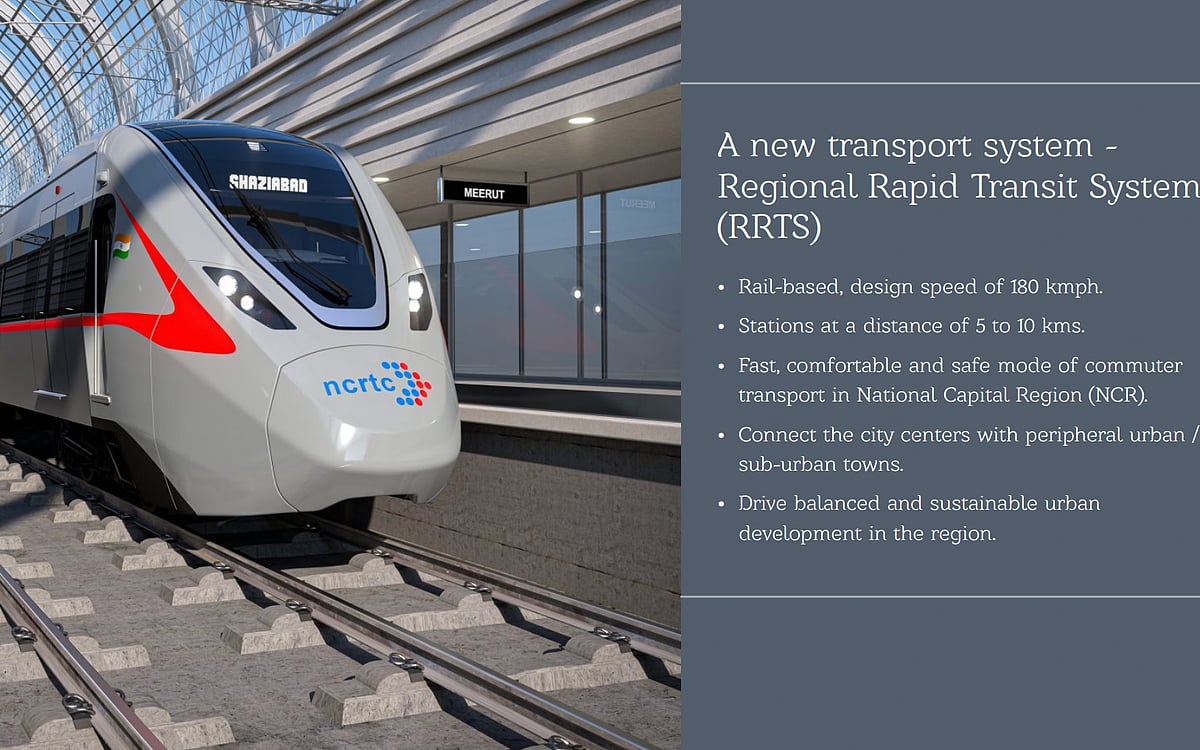
RRTS is different from metro as it caters to passengers looking to travel relatively longer distance with fewer stops and at higher speed. It is different from conventional railways as it will provide reliable, high frequency, point to point regional travel at high speed along dedicated path way.
One of the primary objectives of the estimated 82 km long Delhi-Ghaziabad-Meerut RRTS corridor project is to ease congestion in the National Capital Region. The rapid rail system will aid in reducing vehicular traffic congestion, air pollution, and ensuring balanced regional growth.
The train will have several airplane-like amenities including separate coach for patients, women, adjustable chairs and WiFi service inside the train, reports Financial Express.
Here, you can watch the commuter centric features of RRTS trains:
The Rapid Rail Corridor’s Operation and Command Control Centre is being built at Ghaziabad’s Duhai Yard. The operations centre will command and control all rapid trains operating across the entire route.
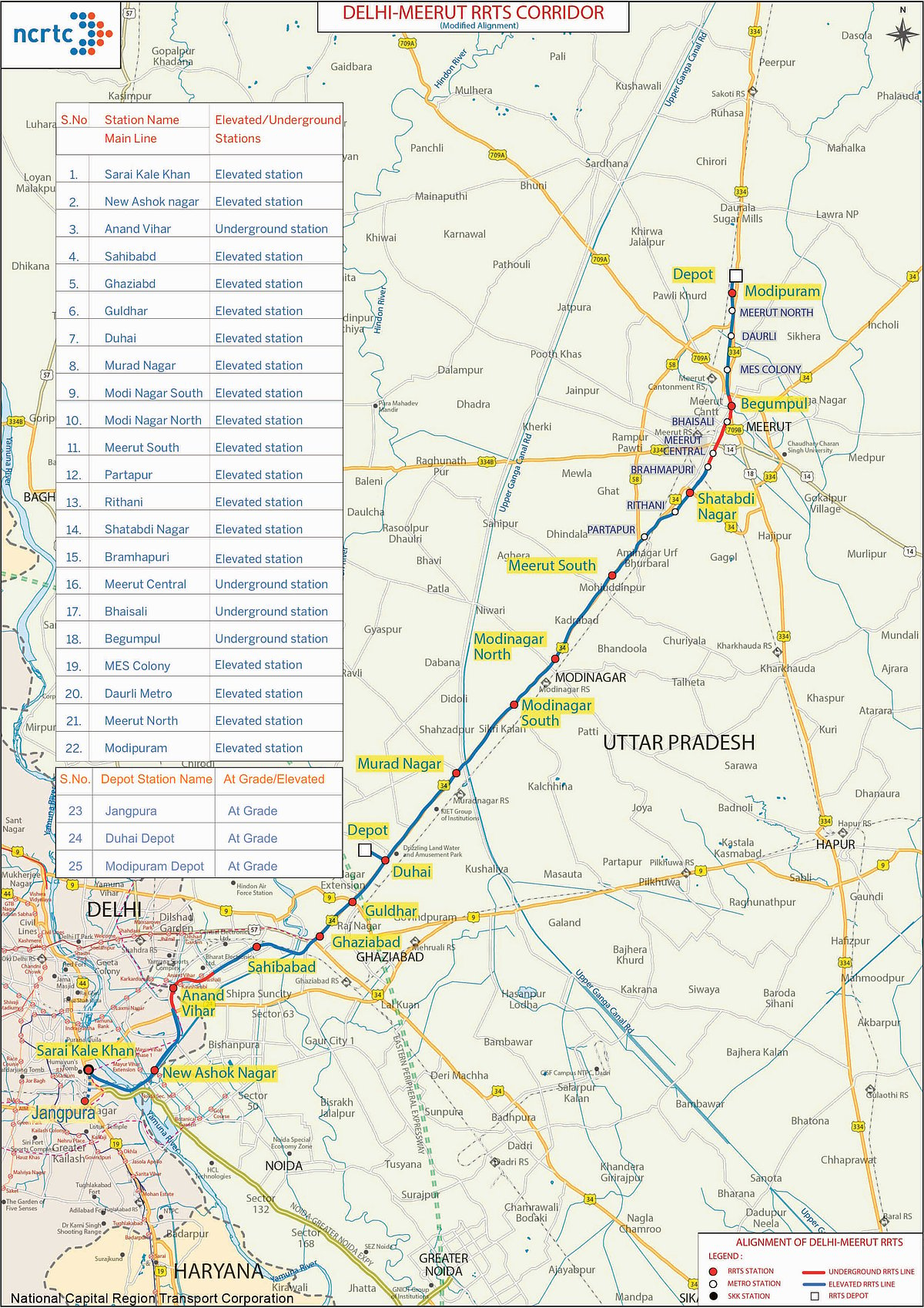
Multi-Modal-Integration
NCRTC has taken the initiative of Multi-Modal-Integration to seamlessly connect RRTS network with other modes of public transit. RRTS stations would be integrated with Indian Railways, metro stations, airports, and bus depots, wherever possible.
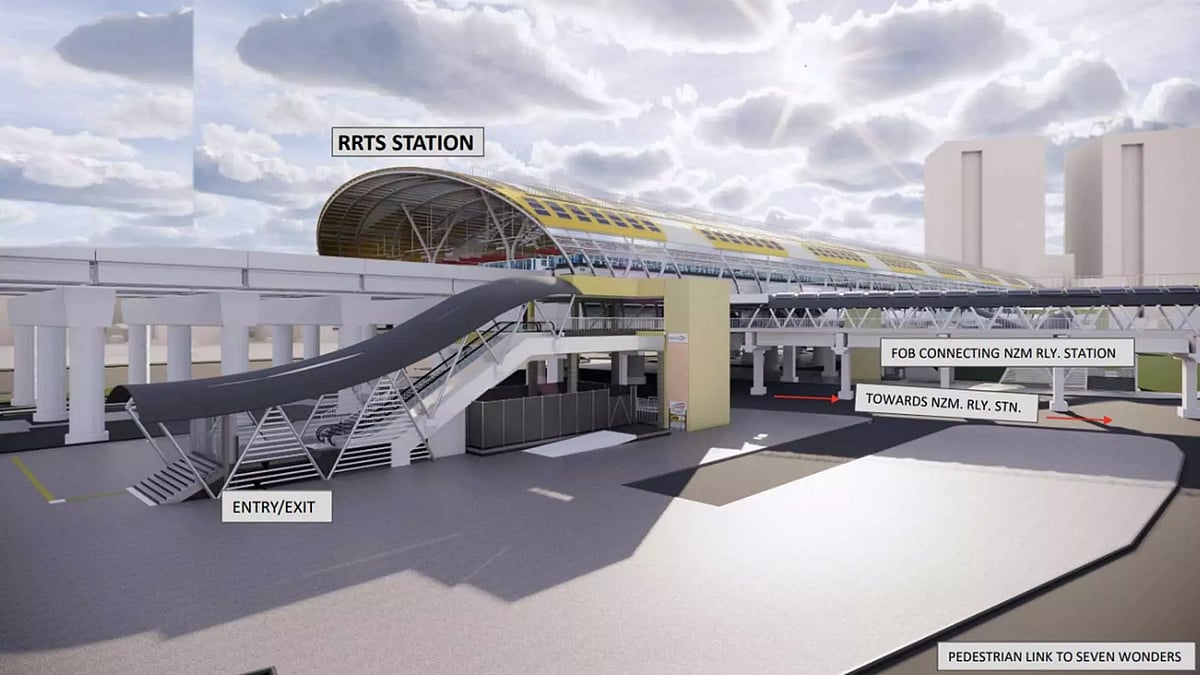
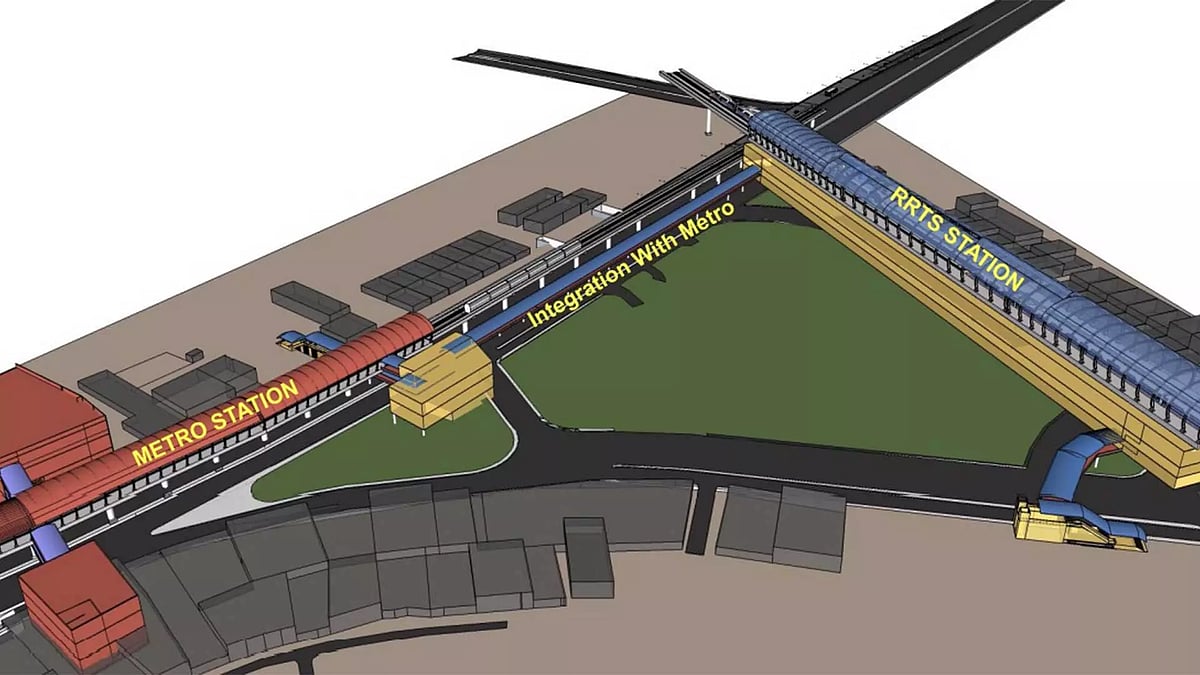
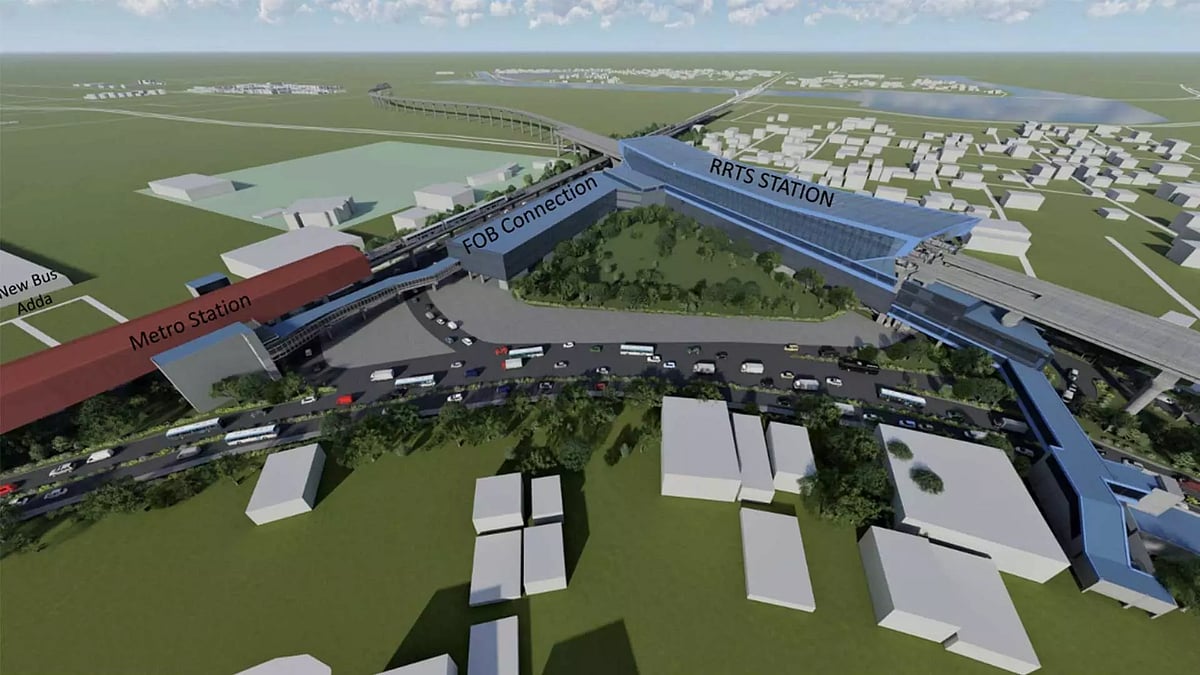
Funding
The project is being funded jointly by the Centre and the state government of Uttar Pradesh and Delhi and three external agencies — Asian Development Bank (ADB), New Development Bank (NDB) and Asian Infrastructure Investment Bank (AIIB).
Shanghai-headquartered New Development Bank (NDB) has approved $500 million (approximately Rs 3,700 crore) in loan for funding the Delhi-Ghaziabad-Meerut RRTS project. The loan from the NDB has a tenor of 25 years with an eight-year grace period.
The corridor is being co-financed under a parallel financing arrangement with ADB and AIIB.
In September 2020, a loan agreement of $500 million was signed with ADB for funding the RRTS corridor.
Commissioning By 2025
The entire project is scheduled to get commissioned in March 2025.
The project will be completed in three phases: the first will run from Sahibabad to Duhai Depot starting in March and the second will run from Sahibabad to Meerut by March 2024. The third will run from Modipuram in Meerut to Sarai Kale Khan in Delhi by March 2025.
The RRTS project is proposed to link the three cities of Delhi, Ghaziabad and Meerut through high-speed trains, having a design speed of 180 kmph with 160 kmph of operational speed and an average of 100 kmph running speed.
It will be connecting Sarai Kale Khan in Delhi to Modipuram in Meerut in Uttar Pradesh, with 25 stations en route of which 22 are in the jurisdiction of the state of Uttar Pradesh and three in Delhi.
The RRTS stations would be at a distance of five to 10 kilometres.


